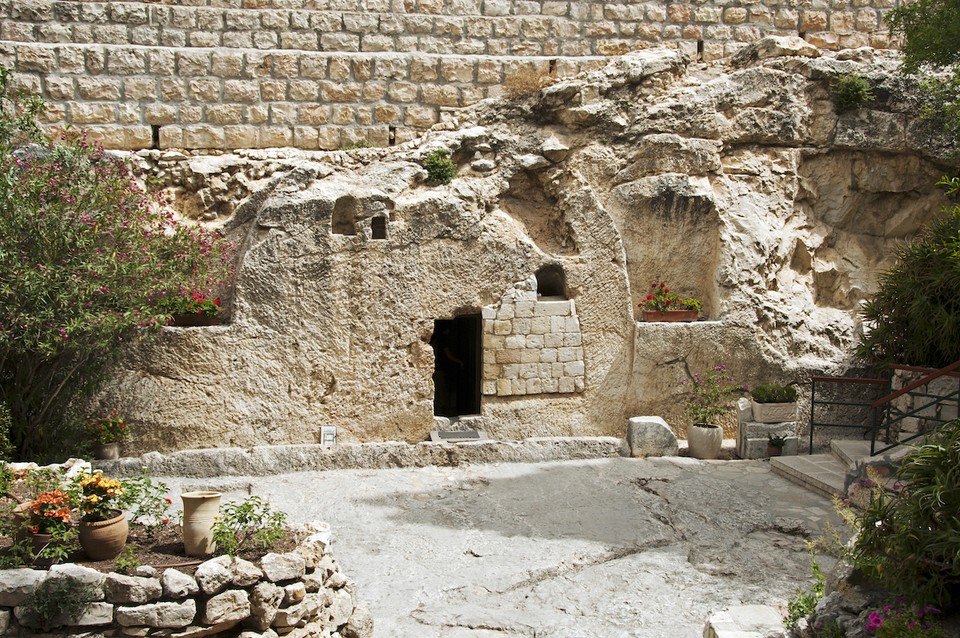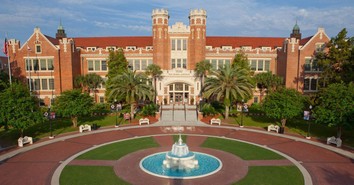Archaeologists Uncover Ancient Garden from Gospel of John Under Church of the Holy Sepulchre

During an excavation of the Church of the Holy Sepulchre in Jerusalem, archaeologists uncovered evidence of an ancient garden underneath supporting the Gospel of John's description of the site where Jesus was crucified and buried.
The excavation, led by Professor Francesca Romana Stasolla, revealed traces of olive trees and grapevines from around 2,000 years ago, which aligns with the Gospel of John's account.
“Now in the place where he was crucified there was a garden, and in the garden a new tomb in which no one had yet been laid.” (John 19:41)
The excavation began in 2022 as part of a restoration project, marking the church's first renovations since the 19th century. The project received approval from three primary custodians: the Greek Orthodox Patriarchate, the Custody of the Holy Land (Roman Catholic), and the Armenian Patriarchate. Additionally, a license from the Israel Antiquities Authority was required, The Christian Post reports.
“With the renovation works, the religious communities decided to also allow archaeological excavations under the floor,” Stasolla told the Times of Israel. Currently, there are no exposed digging areas as the churches prepare for the upcoming Easter celebrations, which usually bring large crowds of pilgrims.
The findings also suggest that the area transitioned from a quarry to a cultivated land before becoming a burial site, which has remained to the present day. Meanwhile, additional tests are
underway to determine the marble base beneath the shrine's origin.
The Church of the Holy Sepulchre is considered the traditional site of both Golgotha (Calvary), where Jesus was crucified, and His tomb. In the 4th century, Emperor Constantine established the first church on the site after his mother, Helena, identified the location.
However, the Persians burned the church in the 600s A.D. It was later damaged under the sixth Fatimid caliph, Al-Hakim, in the 11th century. The church would eventually be renovated and given its current layout and style during the Crusader period.
Although the final round of excavations is scheduled to resume next month after Easter, the documentation and publication of the findings will likely take many years.
When asked whether Jesus was actually buried at the site, Stasolla said, “It is the faith of those who have believed in the holiness of this site for millennia that has allowed it to exist and transform.”
“Whether someone believes or not in the historicity of the Holy Sepulchre, the fact that generations of people did is objective,” she noted, adding that the history of the Holy Sepulchre is “the history of Jerusalem.”
Photo Credit: compuinfoto

Originally published March 27, 2025.





